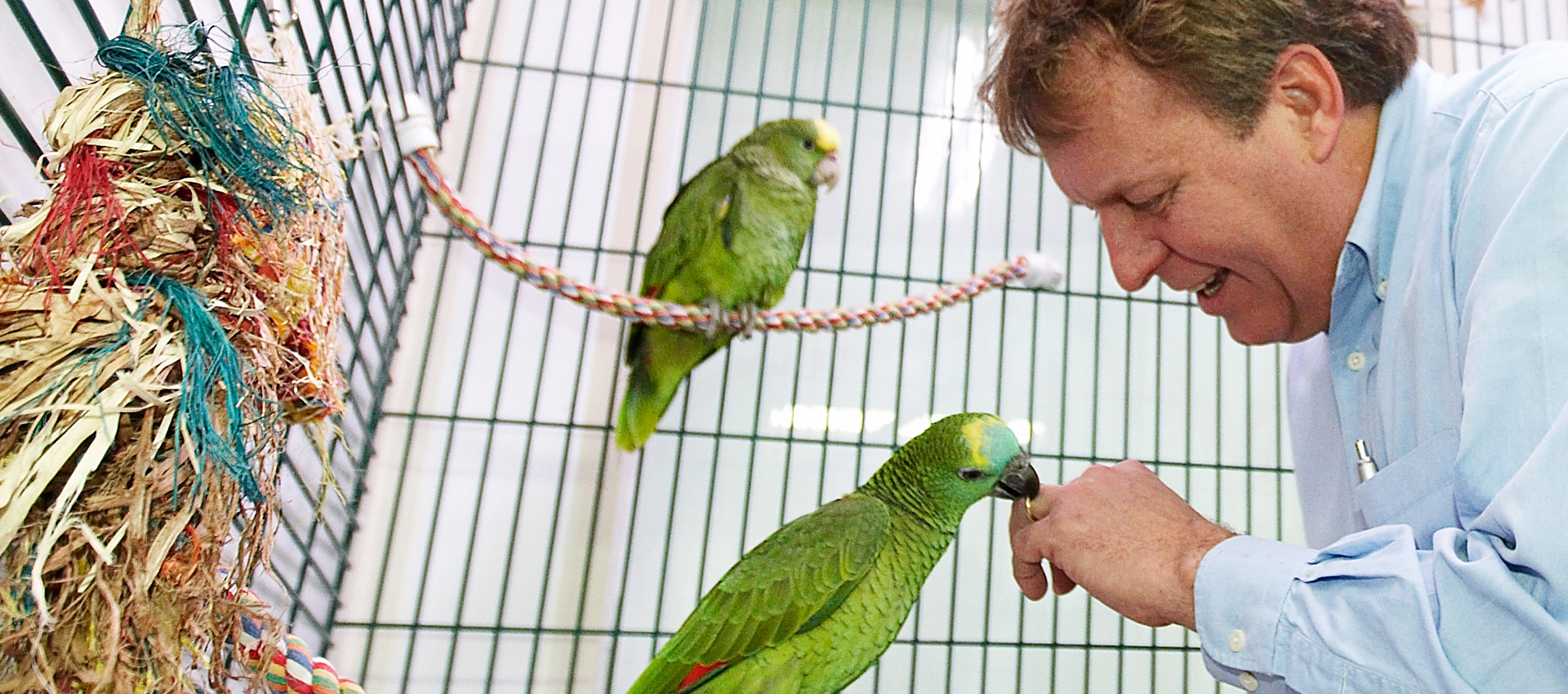Your cart is currently empty!

HARI Official Brand Site

Budgerigars, Canaries and Finches have evolved as seed eaters and do best on VME supplemented seed diets mixed with some Treat seeds such as Fruit and Vegetable Treats. They also enjoy, and can be fed exclusively after adaptation, the TROPICAN Mash which is a dry powder that the birds lick up from a bowl. Breeders working with these small seed eaters must supplement the diet with calcium and amino acids and this is best achieved by mixing up a soft food mix of Prime, Nestling Food and TROPICAN Mash.
Budgerigars (Parakeets) – Budgie Staple VME Seed, Budgie Treats, TROPICAN High Performance Mash (as a dry powder in a separate bowl during stress, moult, and breeding), and Budgie Honey Sticks.
Canary – Canary Staple VME Seed, Canary Treats, TROPICAN High Performance Mash (as a dry powder in a separate bowl during stress, moult, and breeding), and Canary Honey Sticks.
Finches – Finch Staple VME Seed, Finch Treats, Tropican High Performance Mash (as a dry powder in a separate bowl during stress, moult, and breeding) and Finch Honey Sticks.
Formulated diets are a total food in two respects; nutritionally and consumption wise as there are no uneaten hulls or unpalatable seeds in a formulated diet such as TROPICAN.
Cockatiels and larger parrots should be fed a formulated diet such as TROPICAN since they pick out their favorite seeds from mixes and don’t always eat the more nutritious or supplemented ones. If a pet parrot has been on a seed diet of sunflower for a long period of time, say five years or more, it may be very resistant to eating a formulated pellet or granule. In these cases the Parrot VME Pro-Mix is an excellent seed based diet.
The Pro-Mix was developed by selecting the ratio of seeds which led to the least amount of wastage and which maximized nutrition. It contains a higher percentage of safflower seeds which although higher in fat than sunflower are bitter and small, forcing the parrot to eat the other more nutritious seeds in the mix, such as the VME supplemented oats.
Whatever the base diet chosen, Prime supplement should still be sprinkled on top of the Birds favorite slice of apple or fruit/vege. This is fun food for the bird and the beneficial bacteria in Prime helps maintain health.
Breeders should feed the High Performance TROPICAN to their pairs while pet owners may use the TROPICAN Life-Time formula. Cockatoos and African parrots do well on the High Performance formula all year round.
Cockatiels & Conures & Lovebirds -TROPICAN Cockatiel Granules is better nutritionally than Cockatiel Staple VME Seed. The Parrot VME Pro-Mix is also a good mix for Cockatiels, Conures and Lovebirds. Amazons, Cockatoos, African Greys and Macaws – TROPICAN Parrot Granules are the preferred diet for these species especially the South American species which get fat on seed based diets.
The Parrot VME Pro-Mix can be fed as long as lots of fruits and veggies with Prime sprinkled on top are also given.
Lories – Feed the TROPICAN Breeding Mash as a dry powder in a separate bowl. A second bowl may contain some diced fruits mixed with Prime and the Mash however make sure the birds first are eating the dry mash. Some sugar can be mixed up to 10 % with the Mash to get the lories to start eating it, but discontinue this once the birds are eating the Mash. On a liquid diet of simple sugars, lories are sensitive to bacterial gut infections thus feeding exclusively a dry powder such as the TROPICAN Mash is not only easier but also leads to better health.
For a further explanation of the VME Seed Line, TROPICAN Granules or Prime supplement please read the technical sheets on them.
In the beginning, no other food except the granule diet should be offered. Remove all seeds, treats, honey sticks or other food from the cage. Offer no fruits or other soft food. Place TROPICAN granules in a bowl at perch level. It is best to use similar locations as the previous diet.
Cage paper should be replaced when conversion commences. Birds will indicate consumption by producing brown droppings on the cage paper and a small amount of powdered pellets in the seed cup.
Birds that are eating seed based diets may be difficult to switch over to a formulated diet because they don’t know it is food.
Diet changes should only be done in healthy birds under low stress conditions. Do not try to change the diet of a bird that you have just purchased. Wait a few weeks until it gets used to the new surroundings.
Mixing the old seed diet with the new granules will result in a lot of waste as the bird seeks out its “steak and fries” (sunflower, peanut and safflower) and throws the rest on the floor. It is better to use multiple cups and feed the new diet in a separate bowl.
Allow the seed filled cup to empty during the day by only feeding about one quarter the amount of seeds normally eaten. For example, give about a dozen sunflower seeds to a parrot (amazon, grey, cockatoo) at supper time. The bird should always have the granules available.
Do this over two to four days and most birds will switch over. Some small weight loss (approximately 10%) is to be expected but the breast muscle should remain robust.
If after three to four days the bird has not eaten any granules, try adding hot water to the granules and mixing in sunflower kernel, but discard and replace this mixture twice a day. Warm, moist food is more palatable to many birds, but spoils very quickly and should be replaced by a dry diet once conversion has occurred.

Explore the history of HARI, including how Mark Hagen founded the organization and helped it take flight. Delve deeper into the research that takes place at the aviary, and how HARI has become a leader in studying parrot care and breeding.